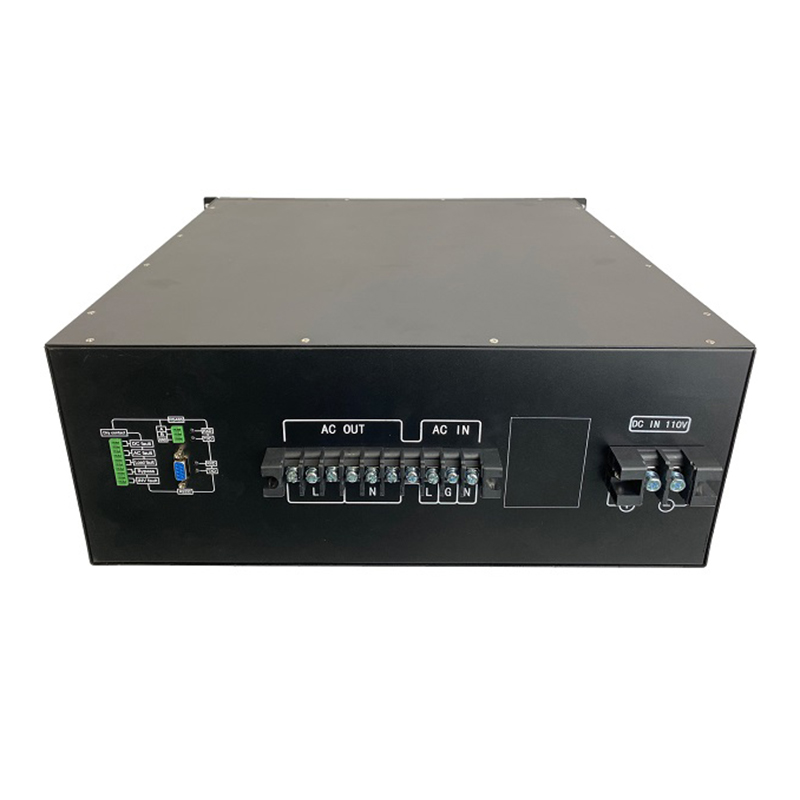
Inverter Power Supply of Communication Equipment Mostly Voltage is -48VDC
Historical reason:
The earliest communication network used is the telephone network, 48Vdc is selected to maximize the distance between the user and the end office under the current conditions (36V is the safe voltage, and it is not safe if the voltage exceeds too much). in order to be compatible with early equipment and reduce costs, the local communication equipment still uses -48V power supply.
Similarly, with a negative power system, positive grounding is a convention. There is an old saying that there is a lot of negative charge in the air, and based on electrochemical knowledge, the positive grounding can absorb the negative ions in the air, thus protecting the casing of telecommunications equipment from corrosion. Actually, that's not quite right. Galvanic reaction and electrolysis reaction can lead to equipment rust, but because they exist in a microscopic form on the equipment, there is little impact. For example, networks of non-communication systems are negatively grounded (such as the computer you are using), but are not rusted. In addition, -48V is isolated through DC/DC, and the output of DC/DC is negative ground, and the board is not corroded and rusted. So no matter which pole is grounded, it's the same.
Bwitt inverter are basically using -48V power supply system, and the actual voltage measured in general is -53.5V. For the sake of reliability, communication devices have spare batteries (-48V). To ensure reliable charging of batteries, the power supply voltage needs to be slightly higher than the battery voltage.
Reasonable configuration:
Generally, the equipment is required to work normally within the voltage fluctuation range of ±20%. For -48V system equipment is required to work in the voltage range of -38.4V ~ 57.6V, but we actually generally require the working range of -36V ~ -72V.
It is mainly considered that the -48V system equipment should be compatible with the -60V power system, which requires -48 ~ -72V. In this way, the set is required to work in a voltage range of about -36V ~ -72V. Generally, no matter how high the voltage is, it is not safe and has high requirements on the insulation level of the cable. In humid environment, breakdown is easy to occur. The current is too low to be appropriate. In addition, taking into account the uninterrupted power supply system using lead-acid batteries, 48V is exactly 12 2V battery cells, and for a small capacity system using 12V batteries, only four. A reasonable number of battery strings is easy to balance. In short, it is the result of comprehensive consideration.
In the -48V inverter power supply system, the AC mains is underconfigured and converted to 54.5-55V DC by using a switching power supply to float charge the battery and supply power to the device at the same time. Simple and clear.
The voltage of 54V or so is mainly determined by the floating charge voltage of the lead-acid battery, about 2.2V per cell. Considering the charging and discharging platform of the battery, the actual allowable input voltage range of the device is generally wide, ranging from -40V to -57V.
-48V inverter in power supply system is the communication power supply standard adopted by most countries. Not all countries use this standard. For example, Russia uses -60V power supply system, and some countries use -24V power supply system.
